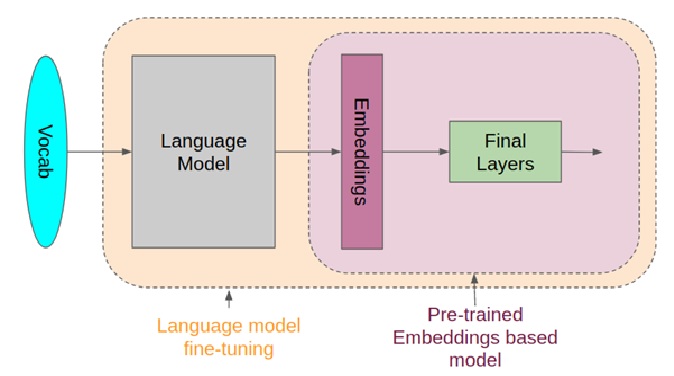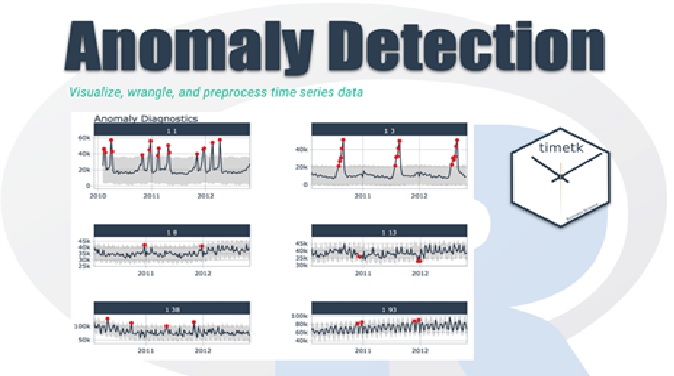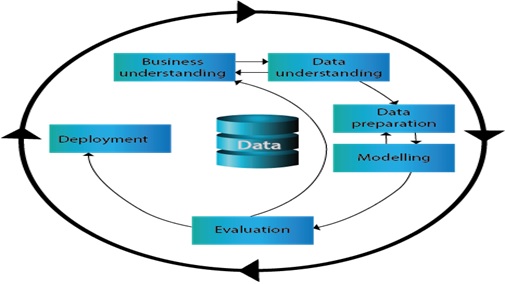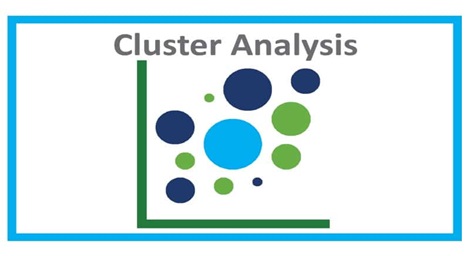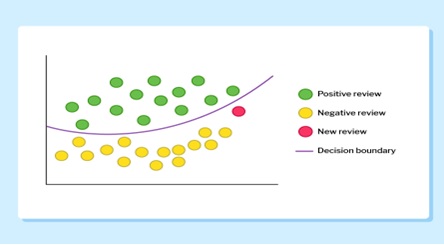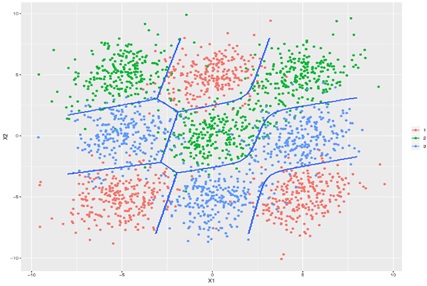Simple and Multiple Linear Regression
Linear regression models are among the basic statistical models for studying relationships between an independent variable X and Y dependent variable. It is a mathematical modeling which allows you to make predictions and prognosis for the value of Y depending on the different values of X.
There are two main types of linear regression: simple linear regression models and multiple linear regression models. Key points here are terms such as correlation coefficient, regression line, residual plot, linear regression equation and etc.[1]

Figure 1. Simple and multiple linear regression
Simple and multiple linear regression is shown in figure 1. Simple linear regression has only one x and one y variable. Multiple linear regression has one y and two or more x variables. For instance, when we predict rent based on square feet alone that is simple linear regression. [2]
Simple Linear Regression:
It is a statistical method that allows us to summarize and study relationships between two continuous (quantitative) variables. One variable denoted x is regarded as an independent variable and the other one denoted y is regarded as a dependent variable. It is assumed that the two variables are linearly related. Hence, we try to find a linear function that predicts the response value(y) as accurately as possible as a function of the feature or independent variable(x).
Multiple Linear Regression :
It is the most common form of Linear Regression. Multiple Linear Regression basically describes how a single response variable Y depends linearly on a number of predictor variables.
The basic examples where Multiple Regression can be used are as follows:
- 1. The selling price of a house can depend on the desirability of the location, the number of bedrooms, the number of bathrooms, the year the house was built, the square footage of the lot, and a number of other factors.
- 2. The height of a child can depend on the height of the mother, the height of the father, nutrition, and environmental factors.[3]
Simple and multiple linear regression are two common statistical methods used in data science for predicting the relationship between a dependent variable and one or more independent variables. Here are some key conclusions that can be drawn from each type of regression:
Simple Linear Regression:
- • Simple linear regression involves one dependent variable and one independent variable.
- • It assumes a linear relationship between the two variables.
- • The regression line can be used to predict the value of the dependent variable for a given value of the independent variable.
- • The regression line can also be used to determine the strength and direction of the relationship between the two variables using the correlation coefficient (r).
- • Multiple linear regression involves one dependent variable and multiple independent variables.
- • It assumes a linear relationship between the dependent variable and each independent variable.
- • The regression equation can be used to predict the value of the dependent variable for a given set of values of the independent variables.
- • The regression equation can also be used to determine the relative importance of each independent variable in predicting the dependent variable using the regression coefficients.
In both cases, it's important to evaluate the quality of the regression model by examining the residual plots, assessing the normality of the residuals, and testing for significant predictors using hypothesis testing or the coefficient of determination (R-squared).
References:
- https://www.intellspot.com/data-science-topics/
- https://blog.uwgb.edu/bansalg/statistics-data-analytics/linear-regression/what-is-difference-between-simple-linear-and-multiple-linear-regressions/
- https://www.geeksforgeeks.org/multiple-linear-regression-using-r/
Cite this article:
Gokula Nandhini K (2023), Simple and Simple and Multiple Linear Regression,AnaTechMaz, pp.70





